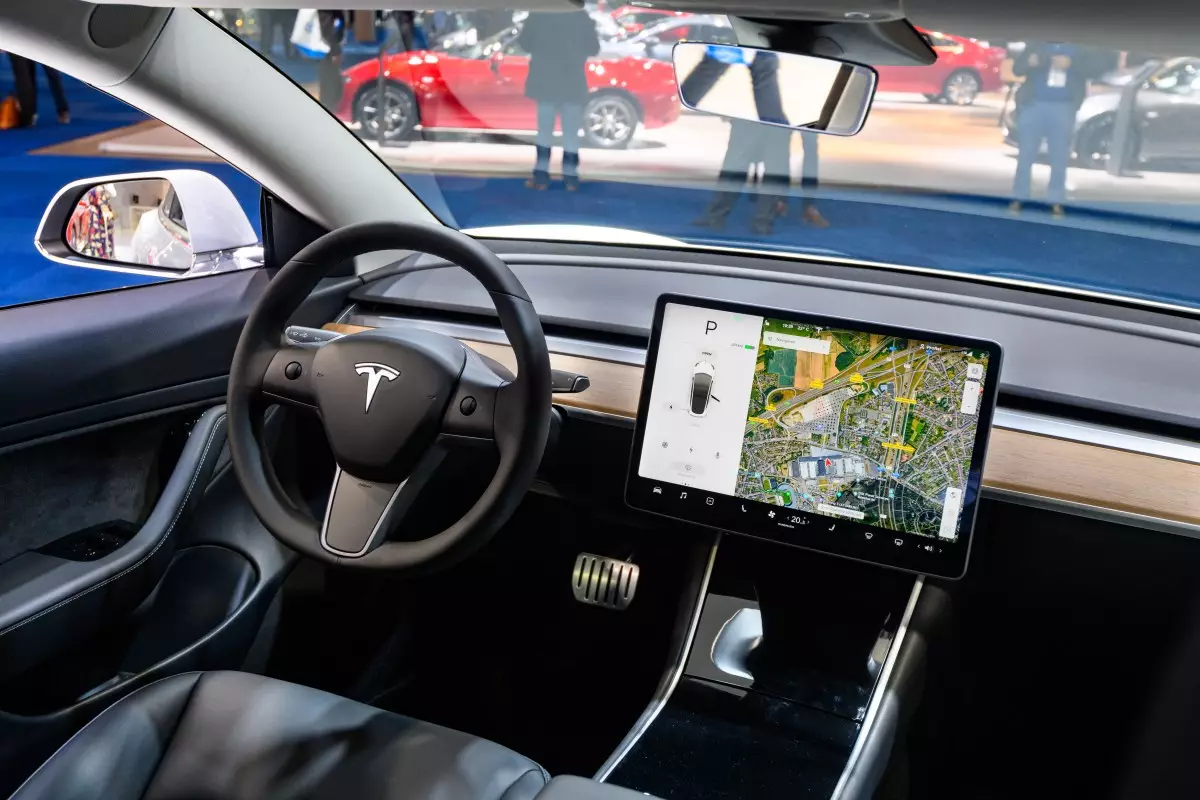Elon Musk, the CEO of Tesla, recently unveiled ambitious plans for the company’s advanced driver assistance system (ADAS), known as Full Self-Driving (FSD), during a much-anticipated event. Musk projected a timeline that includes the launch of an “unsupervised” version of FSD in Texas and California by 2025 and robotaxis devoid of traditional controls like steering wheels and pedals by the 2026-2027 timeframe. However, skepticism surrounds these declarations, especially considering Musk’s historical projections that have often been too aggressive. This article critically assesses the implications of these plans, including the technical and regulatory challenges Tesla faces, as well as the ethical concerns that arise from deploying FSD technologies in populated areas.
The term “Full Self-Driving” suggests a level of autonomy that the technology has yet to achieve. Currently, FSD performs certain automated tasks but still requires human oversight. In April, amidst accusations of misleading marketing, Tesla adjusted its branding from “FSD Beta” to “FSD Supervised,” marking a significant recognition of the limitations of its technology. This change raises important questions about consumer expectations and the integrity of the marketing strategies employed by tech companies in the highly competitive EV market.
Musk’s introduction of “unsupervised FSD” raises further ambiguity. Does this mean a fully driverless system akin to Level 4 autonomy, or something less ambitious like a Level 3 system that allows the driver to remain disengaged only under certain conditions? For context, Level 4 systems can operate without human intervention in designated areas, while Level 3 systems still require a human to be available to take control when prompted. The vagueness of what “unsupervised” entails leads to confusion and necessitates more transparency from Tesla.
Tesla’s plans must navigate complex regulatory landscapes in both Texas and California. Texas offers relatively lenient regulations regarding the deployment of autonomous vehicles. Essentially, if a vehicle can satisfy basic traffic laws and is registered with adequate insurance, it can operate sans a human driver. Nonetheless, 2025 may bring legislative changes that introduce stricter controls, requiring companies to report changes in driver oversight status.
Conversely, California follows a more stringent permitting process which Tesla has yet to fully comply with. The state requires different permits for various levels of testing and deployment, including driverless testing and commercial deployment permits. Without these permits, Tesla cannot legally launch its more ambitious “unsupervised” FSD or robotaxis. This discrepancy highlights the divergent approaches to AV regulation and the barriers Tesla might encounter, which could inhibit its expansion plans.
The envisioned robotaxi by Tesla raises another layer of complexity: compliance with federal motor vehicle safety standards (FMVSS). Tesla’s ambition to produce vehicles that lack traditional driver controls hinges on obtaining exemptions from FMVSS. To date, such exemptions have been exceptionally rare, predominantly granted only for low-speed delivery vehicles, which raises ongoing questions about Tesla’s readiness to meet safety standards that cater to human passenger transport.
Additionally, the National Highway Traffic Safety Administration (NHTSA) has thus far not seen any application from Tesla for these exemptions, indicating that serious regulatory hurdles lie ahead before the robotaxes can hit the road. Automakers, including General Motors and Amazon’s Zoox, are also navigating similar dilemmas, suggesting that Tesla is not alone in encountering these challenges.
Investors’ reactions to Tesla’s ambitious robotaxi claims reveal cautious optimism punctuated by skepticism. The lack of clarity surrounding timelines, regulatory hurdles, and technical advancements—coupled with Musk’s history of exaggerated timelines—has led many to question the credibility of these announcements. Investors are likely analyzing the feasibility of Tesla’s operational capabilities and whether they can meet the burgeoning regulatory expectations imposed by state and federal authorities.
In sum, while Tesla’s ambitious plans for unsupervised FSD and robotaxis present an exciting vision of the future of transportation, they are fraught with legal, technical, and ethical complexities. The diverging regulatory frameworks of Texas and California, combined with the stringent federal safety standards, demand a multifaceted approach. Without clear communication and transparency from Tesla regarding its strategy for addressing these challenges, skepticism among consumers and investors alike will likely persist. As we look ahead, it will be vital for Tesla to not only innovate technologically but also to build robust frameworks for compliance and accountability to ensure safe deployment of its revolutionary technologies.

